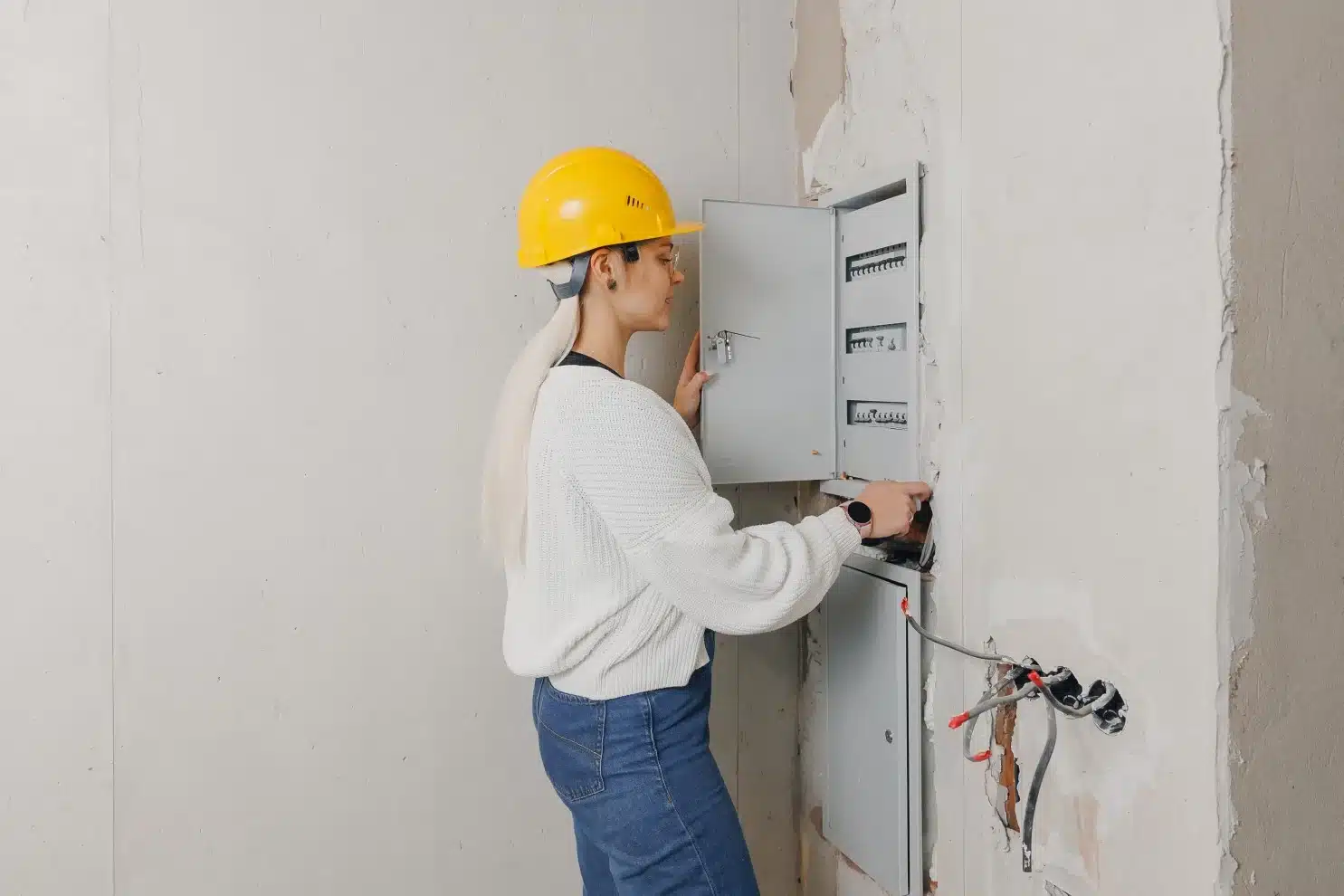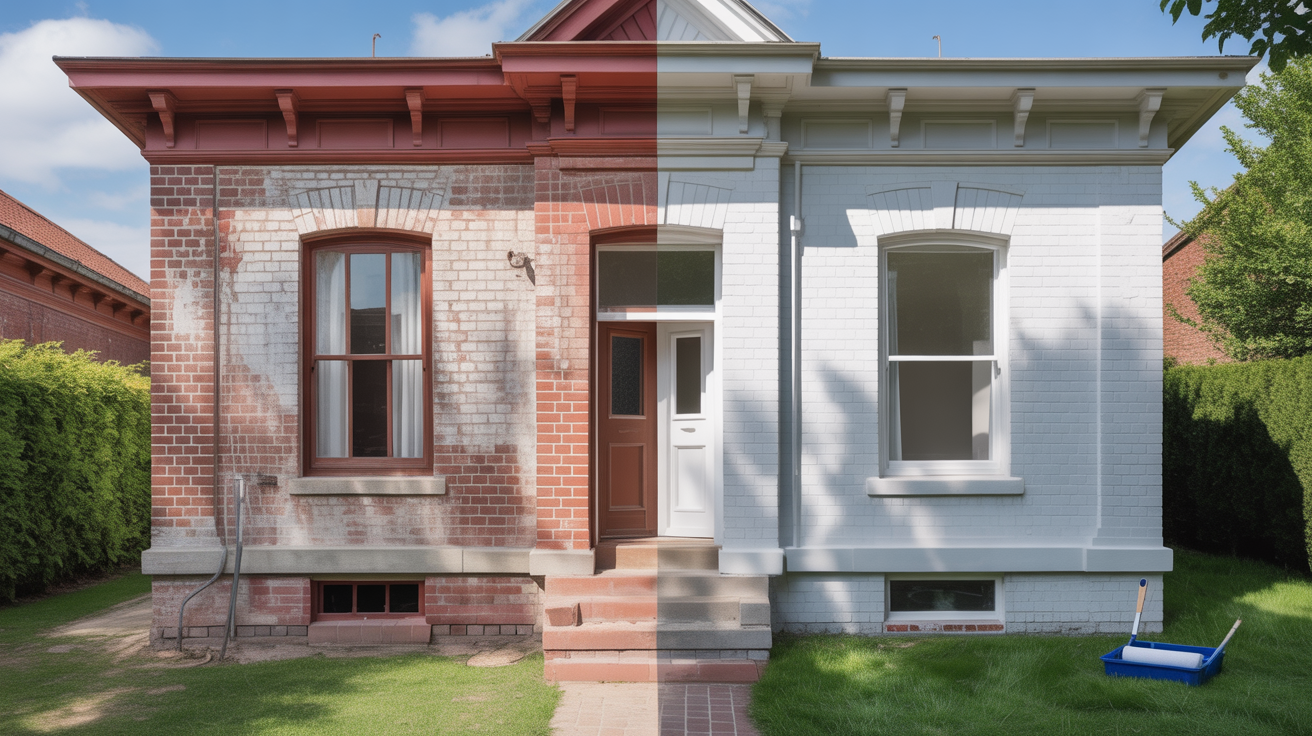Choosing Between Wall Safes and Floor Safes for Effective Valuables Security
In today’s world, keeping valuables secure is a must. The safe industry now offers a range of solutions for protecting important items like documents and jewelry from theft and damage. Wall safes and floor safes have become popular choices due to their unique benefits and various uses in both homes and businesses.
They offer a good balance between accessibility, security, and efficient use of space, making them essential for safeguarding your most valuable possessions.
However, picking the right type of safe can be challenging. This analysis compares wall and floor safes, focusing on their convenience, accessibility, security features, and installation needs. We’ll also look at their costs and how they affect the appearance of your space. By the end, you’ll have a better idea of which safe best suits your security needs and personal preferences.
Accessibility and Convenience

Using wall safes and floor safes can vary greatly depending on your needs. Wall safes are often easier to reach and use daily since they’re usually installed at eye level or within arm’s reach, making them perfect for storing everyday valuables or important documents.
On the other hand, floor safes, typically set into concrete floors, offer better concealment, making them ideal for long-term storage of items like heirlooms or large amounts of cash. While accessing them might require bending or kneeling, their hidden location enhances security.
The choice between the two depends on how accessible you need the safe to be versus the level of security you require. For added versatility, some users even opt to combine both types, using wall safes for frequent access and floor safes for high-value, long-term storage.
Security Features
When it comes to security, both wall safes and floor safes offer strong protection, but in slightly different ways. Wall safes are often hidden between wall studs, making them harder for thieves to find. They usually have solid steel doors and electronic or combination locks, providing a tough defense against break-ins. However, their position might not offer much fire protection.
Floor safes, typically set in concrete, are extremely hard to remove or break into, offering strong resistance to theft. They often have high fire-resistance ratings due to their concrete casing, protecting against both fire and tampering. Additionally, they can be easily concealed under rugs or furniture, adding another layer of security.
Installation Requirements
Installing wall safes and floor safes requires careful thought and planning. For wall safes, you’ll need to fit them between wall studs, which usually involves cutting into drywall and securing the safe properly. This can be easy or difficult, depending on your wall structure and space.
On the other hand, installing a floor safe often requires concrete work, as it’s embedded into the floor for added security. This can be challenging and might require professional help.
When installing either type, consider factors like how easy it is to access, how well it’s hidden, and the environment around it. Wall safes offer easy eye-level access, but they might be harder to hide. Floor safes, while less accessible, are easier to conceal and can be placed almost anywhere with enough flooring.
Cost and Value
When comparing wall safes to floor safes, several factors should be considered. The initial purchase and installation costs can vary widely. Wall safes are typically easier to install, often just needing basic carpentry skills to fit between wall studs, leading to lower upfront costs.
Floor safes, however, require more complex installation, usually needing professional help to embed them in concrete, which can make the initial investment higher.
But it’s important to consider the long-term benefits as well. Wall safes offer convenience and easy access to your items, adding daily value. Floor safes provide greater security and fire resistance, offering peace of mind and better protection for your valuables.
Aesthetic and Space Considerations
When choosing between wall safes and floor safes, it’s important to consider how each affects the room’s look and layout. Wall safes are usually installed at eye level or within easy reach, and they can be hidden behind artwork or decorations, helping the room look neat and organized.
On the other hand, floor safes are often hidden under rugs or furniture, which keeps them out of sight but may limit where you can place items in the room. Accessing a floor safe might also require rearranging furniture, which could either disrupt or slightly enhance the room’s design. Both options need careful planning to balance security with style and practicality.
Selecting between a wall safe and a floor safe ultimately comes down to your specific security needs, space considerations, and personal preferences. Wall safes offer easy access and can be discreetly hidden, making them ideal for everyday use and securing frequently needed items.
Floor safes, though requiring more complex installation, provide superior concealment, robust protection against theft and fire, and are perfect for long-term storage of high-value items. By weighing factors like accessibility, installation requirements, security features, and how each safe fits into your space, you can choose the option that best aligns with your goals for safety and convenience.







